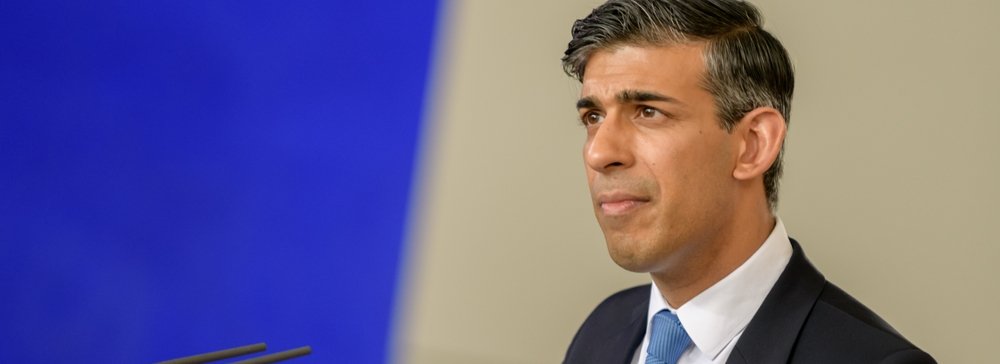| 6 mins read
When Keir Starmer entered Downing Street on 5 July 2024, he was the first Prime Minister to be voted into office from opposition since 2010. Remarkably, since 2016, the UK has had four prime ministers in a row who came to Downing Street, at least initially, by ‘taking over’ than rather than winning an election. To put it another way, out of the last six prime ministers, only two were voted into power. The Age of Brexit has also been the Age of Takeovers.
But the data tells us that being a takeover as PM is more fraught than winning an election. In 2016 my research found, even before the four ‘Brexit takeovers’, takeovers’ time in office tends to be briefer than election winners, at just 3.6 years compared with an average of 6.6 years for those who win. Takeovers face greater obstacles and fewer advantages than elected Prime Ministers: ‘on average they have less time in power, less chance of winning elections and are generally rated as worse performing’. The names of Anthony Eden and Neville Chamberlain are stark warnings of quite how badly takeovers things can go. My later analysis of Liz Truss underscored this even more.
The problem for such leaders is that they, by definition, they must fill a gap because their predecessor has done poorly enough to step down or resign. This means takeover leaders often inherit crises, poor party relations and other deep problems. Only a few have escaped their fate, mainly by winning an election and mandate of their own.
The Brexit takeovers of 2016-2024
Yet even within this rather bleak picture of failure, the Brexit takeovers of 2016-2024 stand out as performing unusually badly: Theresa May (2016–2019), Boris Johnson (2019–2022), Liz Truss (2022) and Rishi Sunak (2022-2024). As one measure, all of them fell below the average for time in office. May did just 3 years, 11 days, Boris Johnson slightly more with 3 years, 44 days and Sunak just 1 year, 254 days. Truss was famously in Downing Street for just 49 days. All the leaders saw their favourability plunge, and Sunak ended with the worst scores of any prime minister since polling began.
Why did the Brexit takeovers fare so badly? The takeovers of 2016-2022 were products of the unique turbulence around Brexit, and their own inabilities to cope with it. Between 2014 and 2024 Britain experienced two huge constitutional referendums in Scotland then on membership of the EU, a global pandemic and two elections which were, in different senses, unusual. Brexit, of course, also split party and voter loyalty in different ways. This all took place within a long time growth of volatility among the electorate, and backbenchers in the Commons.
Yet May, Johnson, Truss and Sunak were all unable or unwilling to square the circles or contradictions of Brexit. May failed to get Brexit done. Johnson did, but then failed, spectacularly, to protect his own country during the pandemic. Viewed from 2024, Johnson stitched together an unlikely and fragile electoral coalition stitched together by making different promises to different groups. Liz Truss was a brief, disastrous interlude. Perhaps Sunak, the final takeover, was trapped in an inherited doom loop. After the immorality of Johnson and the incompetence of Liz Truss, Sunak inherited a cost of living crash, unhappy and angry MPs and plummeting popularity. But he managed new lows of unpopularity, worse than Liz Truss.
A series of failures
None of the leaders, except May, were popular to begin with, and Johnson’s magic touch was vastly overrated. All plunged to new lows of unpopularity with little to show for it. When asked how the Conservative governments will be remembered the public listed (in order) a series of failures: Brexit (43%), Partygate (41%), Managing response to Covid-19 (33%), Liz Truss' 'mini budget' (31%) and The Rwanda scheme (27%)’. After the NHS, the public cited the main reasons for the Tory defeats as being ‘too many scandals’, ‘a lack of trustworthiness’ and ‘being out of touch with ordinary people’.
They also inherited unhappy parties and an ‘over the shoulder politics’ of rebellion from their own MPs. As a measure of how bad their leadership got, May and Johnson were subject to votes of confidence from their party, Truss was ejected even before there was time and speculation swirled constantly over Sunak.
Even the only sure way out of the takeover trap, winning an election, didn’t work for them. Past takeovers have succeeded by grabbing a new mandate: Macmillan did so in 1959 and Major, just, in 1992. But May won a pyrrhic victory in 2017. Johnson won in 2019 and was given an 80 seat mandate most PMs would be jealous of. But between 2019 and 2024 his majority was cut in half, amid the largest swing from Conservative to Labour in modern history. As a final coda, Sunak’s unexpected July election led to the worst Conservative defeat in history.
The late David Marquand famously said that “success is the only criteria to judge prime ministers”. In this case, the Brexit Takeovers are a model of political failure. Each successive takeover further undid their own voter coalition and party support, through incompetence or immorality (or both for Johnson). Each inherited a worse situation than the last, and made it worse still. It wasn’t just the curse of the takeover, but that the greatness of the office, as Churchill once said, found them out.
Read Ben Worthy's original piece and later analysis of Liz Truss for more.







